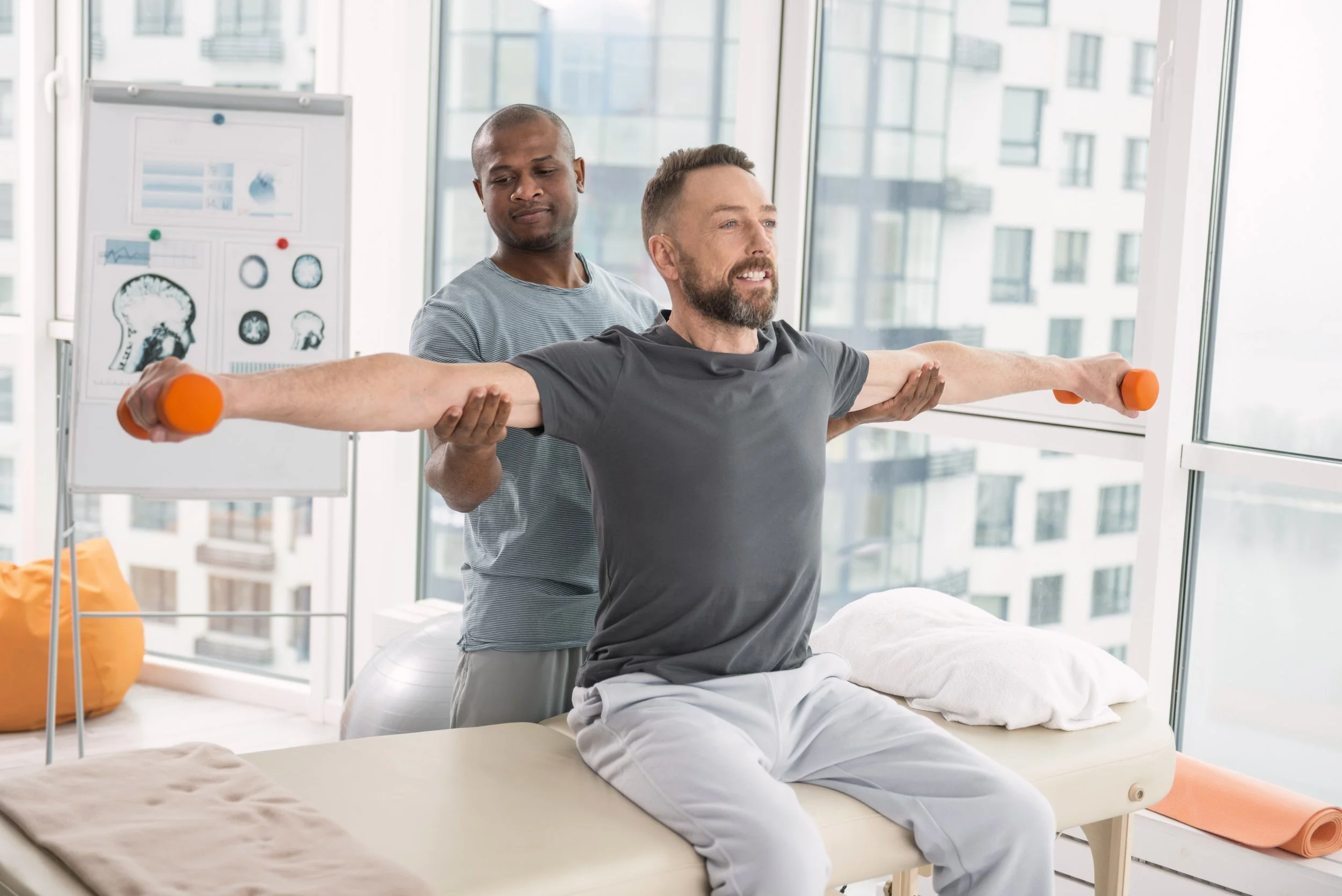What to Do After a Sports Injury — Before Visiting a Pain Clinic
Got hurt while working out or playing sports? Taking the right steps early can protect your recovery, prevent complications, and save you from unnecessary medical bills.
Here’s what to do immediately after a sports injury — before visiting a pain management clinic.
1. Assess the Injury Immediately
Start by checking how serious the injury is:
Can you move the affected area?
Is there swelling, bruising, or sharp pain?
Can you put weight on it?
If it’s a minor strain or sprain, you can begin with the R.I.C.E. method:
Rest the area
Ice it for 15-20 minutes
Compress with a bandage
Elevate above heart level
If symptoms don’t improve or worsen, it’s time to seek medical help.
2. Seek Emergency or Urgent Care (if needed)
If the pain is severe, there’s visible deformity, or you’re unable to move the limb:
Go to an Emergency Room (ER) or
Visit an Urgent Care Center
This is especially important if the injury involves the head, spine, or joints.
3. See a Primary Care Doctor or Sports Medicine Specialist
For non-emergency injuries, schedule an appointment with your Primary Care Physician (PCP).
Your PCP can:
Assess the injury
Prescribe initial treatment
Refer you to a sports medicine doctor or orthopedic specialist if needed
Some insurance plans in the U.S. require a referral before seeing a specialist, so check with your provider.
4. Get Diagnostic Imaging (X-rays, MRI, etc.)
To better understand what’s going on internally, your doctor may order imaging studies such as:
X-rays (for fractures or joint issues)
MRI scans (for ligament, tendon, or muscle injuries)
These help to determine the best treatment plan.
5. Start Physical Therapy or Rehab
In many cases, physical therapy is the first step in recovery:
Restores range of motion
Strengthens muscles
Reduces long-term pain
It’s often more effective (and safer) than relying on medication alone.
6. Consider a Pain Management Clinic (If Pain Persists)
If your pain continues for several weeks (typically 3–6 weeks or more), it may be time to visit a pain management clinic.
These clinics offer:
Targeted injections, conservative care
Nerve blocks
Medication management
Non-surgical therapies for chronic pain
Pain clinics are especially helpful when traditional treatments haven’t worked.
Don’t forget to verify Your Insurance Coverage.
Before any visits, check your insurance for:
Referral requirements
In-network or Out-of-Network providers
Copay or deductible amounts
Knowing this can help you avoid unexpected medical bills.
Final Thoughts
Getting injured during sports doesn’t have to derail your life. By taking the right steps — from self-care and doctor visits to proper diagnostics and physical therapy — you can avoid unnecessary complications and get back to doing what you love, safely.
Remember: Early intervention is key. And recovery is just as important as the workout itself.
© 2025 [Blessen Abraham]. All rights reserved.








